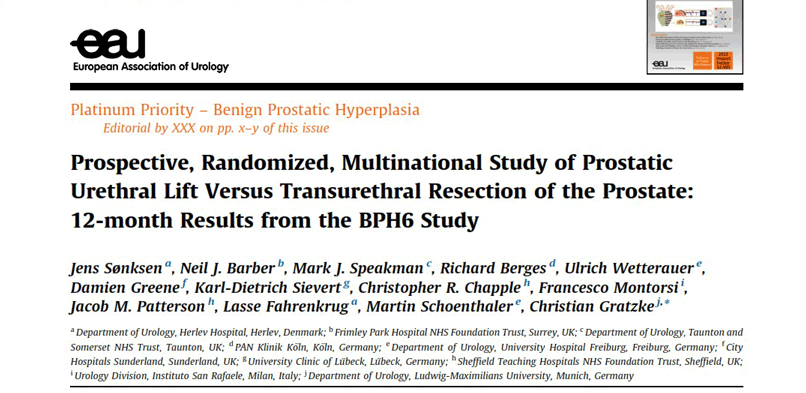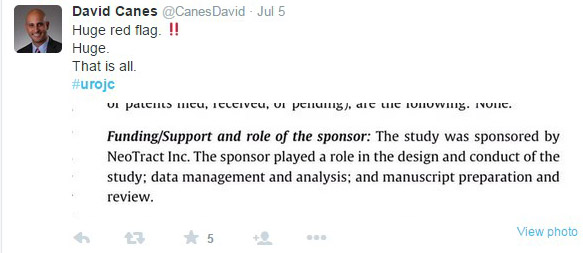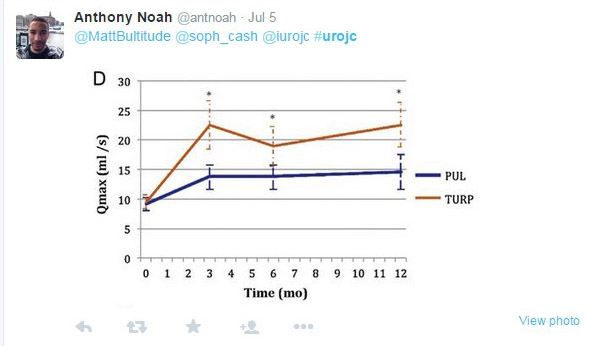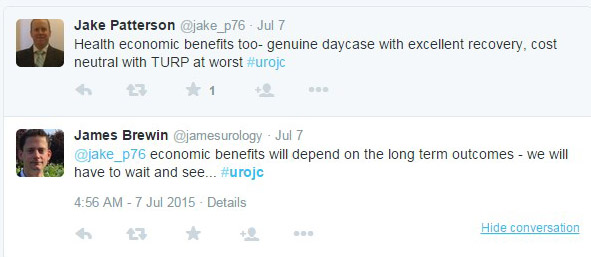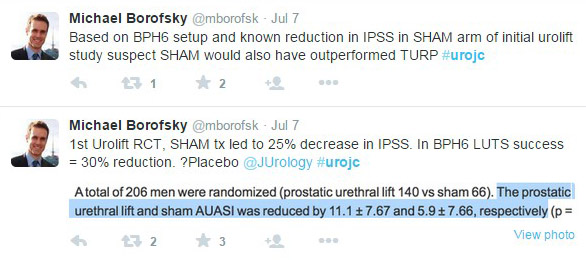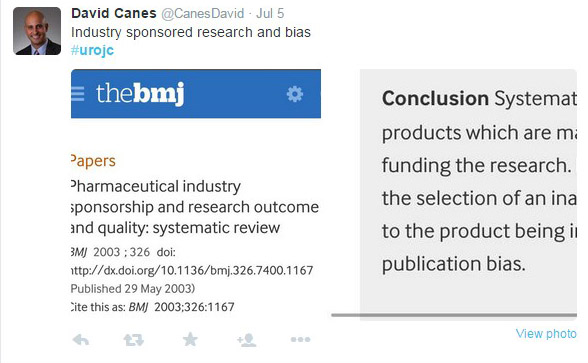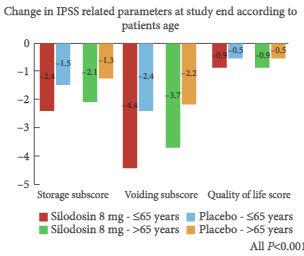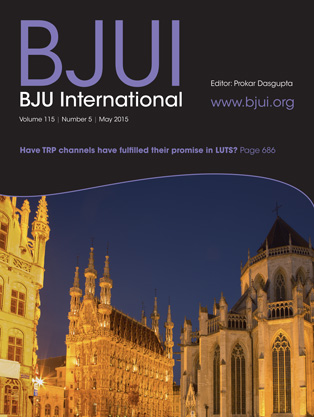Article of the Week: Central obesity is predictive of persistent storage LUTS after surgery for BPE
Every Week the Editor-in-Chief selects an Article of the Week from the current issue of BJUI. The abstract is reproduced below and you can click on the button to read the full article, which is freely available to all readers for at least 30 days from the time of this post.
In addition to the article itself, there is an accompanying editorial written by a prominent member of the urological community. This blog is intended to provoke comment and discussion and we invite you to use the comment tools at the bottom of each post to join the conversation.
Finally, the third post under the Article of the Week heading on the homepage will consist of additional material or media. This week we feature a video from Dr. Mauro Gacci discussing his paper.
If you only have time to read one article this week, it should be this one.
Central obesity is predictive of persistent storage LUTS after surgery for Benign Prostatic Enlargement: results of a multicenter prospective study
OBJECTIVE
To evaluate the impact of components of metabolic syndrome (MetS) on urinary outcomes after surgery for severe lower urinary tract symptoms (LUTS) due to benign prostatic enlargement (BPE), as central obesity can be associated with the development of BPE and with the worsening of LUTS.
PATIENTS AND METHODS
A multicentre prospective study was conducted including 378 consecutive men surgically treated for large BPE with simple open prostatectomy (OP) or transurethral resection of the prostate (TURP), between January 2012 and October 2013. LUTS were measured by the International Prostate Symptom Score (IPSS), immediately before surgery and at 6–12 months postoperatively. MetS was defined according the USA National Cholesterol Education Program-Adult Treatment Panel III.
RESULTS
The improvement of total and storage IPSS postoperatively was related to diastolic blood pressure and waist circumference (WC). A WC of >102 cm was associated with a higher risk of an incomplete recovery of both total IPSS (odds ratio [OR] 0.343, P = 0.001) and storage IPSS (OR 0.208, P < 0.001), as compared with a WC of <102 cm. The main limitations were: (i) population selected from a tertiary centre, (ii) Use exclusively of IPSS questionnaire, and (iii) No inclusion of further data.
CONCLUSIONS
Increased WC is associated with persistent postoperative urinary symptoms after surgical treatment of BPE. Obese men have a higher risk of persistent storage LUTS after TURP or OP.





